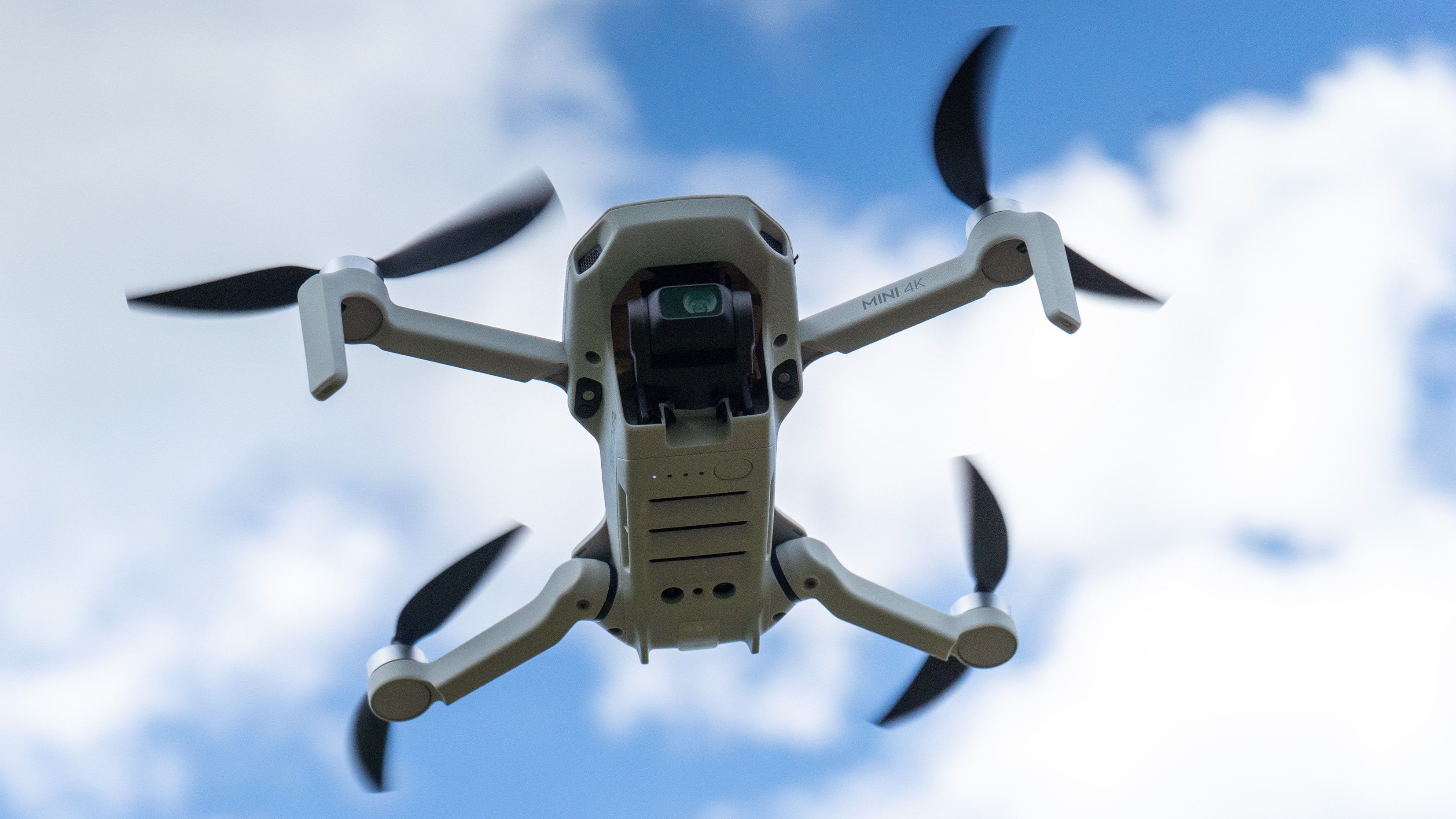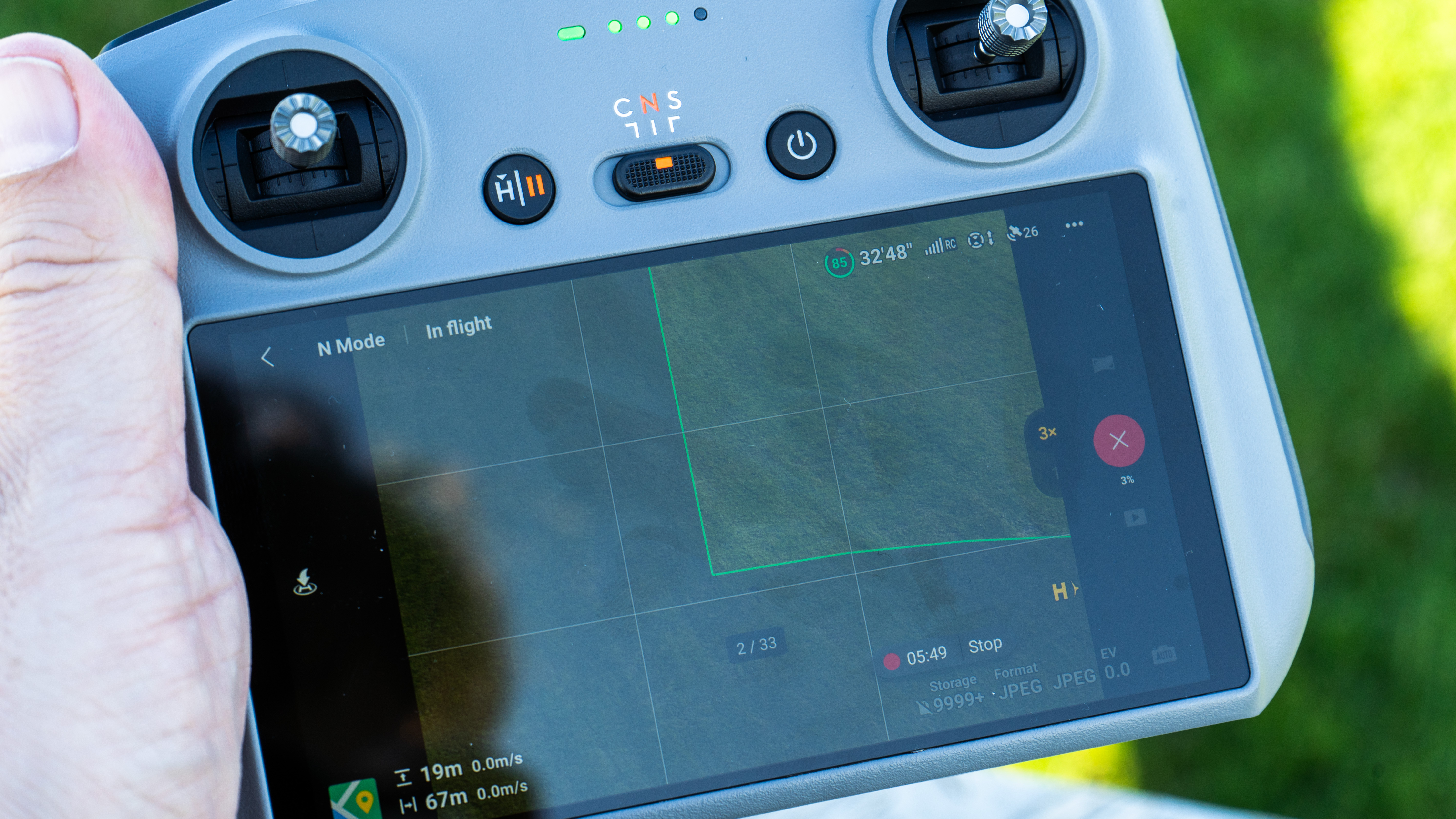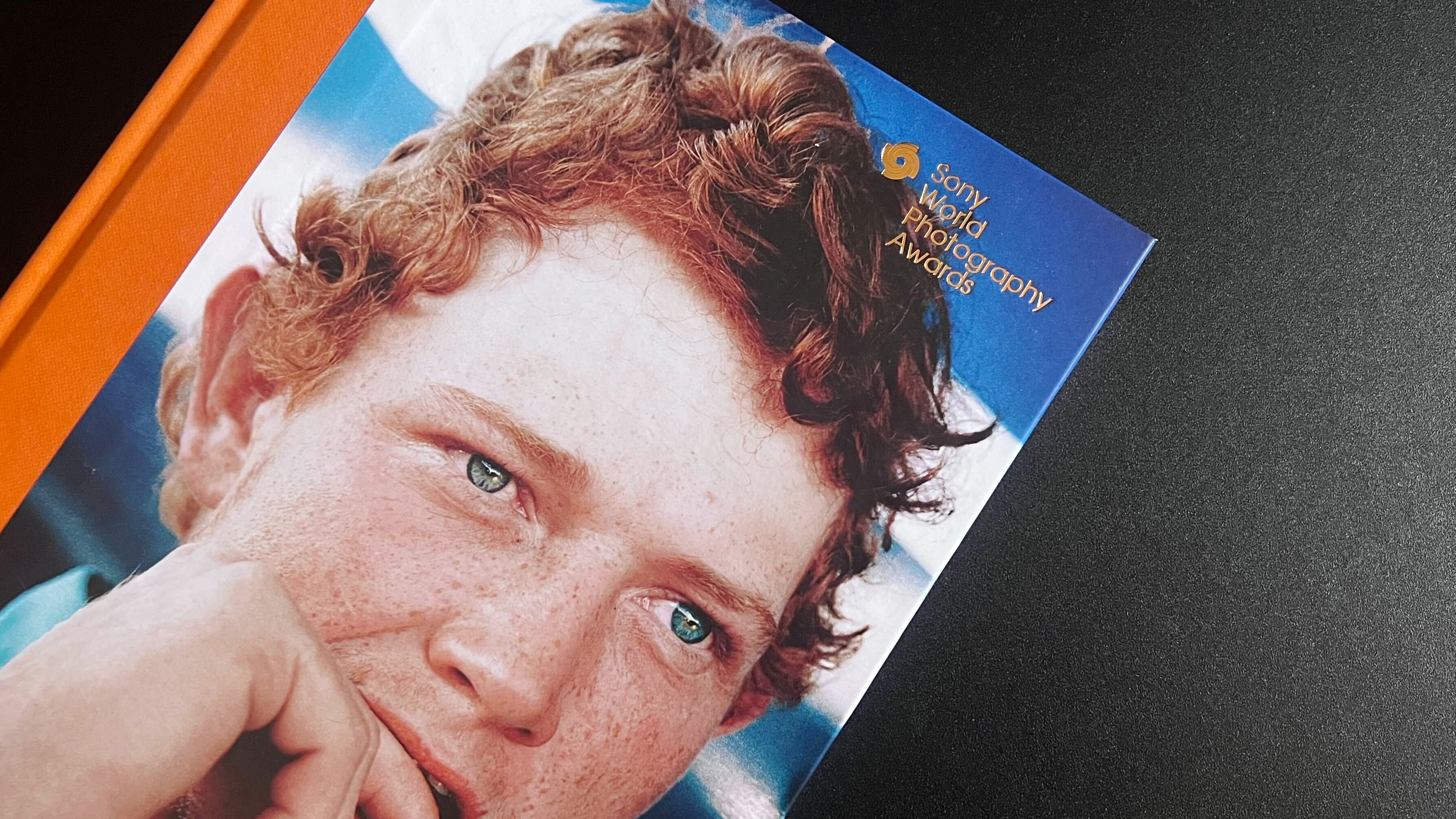DJI says dropping a drone safety feature in the US isn’t about politics, but the change is only fueling my fears as an American UAV pilot
DJI's update dropping some geofencing restrictions isn't about politics, the company says

DJI pilots in the US no longer have to wait for the company to unlock their drone to fly into restricted airspace. But, after DJI announced that it was drastically changing its geofencing to warn, rather than outright prevent, pilots from flying into restricted airspace, the internet immediately jumped to the conclusion that the update was tied to the current political tension between the US and the China-based DJI. DJI, however, says that the update isn’t about politics.
The update, available when updating the DJI Fly app in the US, alters the geofencing tool that would physically prevent a drone from entering protected airspace. DJI’s geofencing tools aren’t completely going away. Instead, pilots will receive in-app warnings that will warn pilots when flying near protected airspace. The terminology also changes from Restricted Zones to Enhanced Warning Zones and uses official FAA data rather than the previous international standards, a decision the company made to avoid confusion. The change effectively gives pilots information about restricted airspace but leaves them in control of where to fly – and local authorities in control of enforcing drone regulations.
But, the change comes as politicians are debating whether China-made drones pose a national security risk. DJI says the change isn’t tied to politics. But, as a drone pilot in the US, I think the update has, at best, terrible timing. It also draws attention to the impact that the company building the drones can have on flight and safety features.
While the update comes as DJI is facing a potential ban in the US, the company says the update isn’t related to politics and that a similar update went into effect a year ago for several EU countries, including Belgium, Germany, and France. The company said it planned this update “months ago,” but delayed the change to make sure that it would work properly. DJI says the change is meant to reflect regulations which have instead focused on solutions like Remote ID rather than using geofencing to block restricted areas.
“Politics does not drive safety decisions at DJI,” the company wrote in a blog post. “For over a decade, DJI has led the drone industry in safety, making several unprecedented commitments and investments to integrate advanced safety systems into our drones - often ahead of regulatory requirements and without being prompted by competitors. To suggest that this update is linked to the current political environment in the U.S. is not only false but also dangerous. Politicizing safety serves no one.”

DJI says that the update reflects aviation regulations that have aligned more with operator responsibility and enforcing regulations using Remote ID. “The GEO system has always been an educational - not an enforcement - tool,” the company wrote.
What the change does is allow pilots authorized to fly in those airspaces to get off the ground much faster. Pilots in the US can use the LAANC application and get instant FAA approval to fly in a restricted area. However, pilots using DJI would then have to submit an application to the company and wait for the manual review to turn off the feature that would block the drone from entering the protected airspace. DJI notes that such a delay was unacceptable for public safety agencies using the drones for emergencies and challenging for commercial drone operators.
Get the Digital Camera World Newsletter
The best camera deals, reviews, product advice, and unmissable photography news, direct to your inbox!
As someone who recently spent the better part of a summer cramming for the Part 107 test to receive a commercial drone license in the US, I know how challenging understanding all the drone rules and regulations can be. Adding to the challenge is the fact that local laws and restrictions also come into play and vary from state to state and even by city.
DJI’s built-in safety tools are one of my favorite features because they help pilots avoid unintentionally breaking those laws. For example, I had no idea that one of my neighbors has a private airstrip until the DJI app warned me that my own backyard was in a yellow fly-with-caution zone. It’s one of the reasons that I fear the potential DJI drone ban in the US – not only are there few other pro-level options, but few other brands have the same level of safety features that DJI has built-in.
While I’ve always loved DJI’s geofencing for that reason, it is possible to rely too heavily on the technology – and still accidentally break a rule. For example, my DJI Fly app didn’t restrict flight over a national wildlife refuge, which, like national monuments, do not allow drone flight. New drone pilots shouldn’t be tempted to use the geofencing as a crutch and assume that, anywhere the app lets them go, they should go.
There have been a number of times as a drone pilot where I’ve felt like a kid in elementary school who has to miss recess because someone else in the class was acting up and got the entire class in trouble. Most recently, I felt that way when I saw a drone had hindered wildfire fighting efforts when it crashed into a scoop plane. My fear is that the more lax geofencing could be more of the same. If drone pilots take advantage of the new option to choose to ignore the geofencing warnings and create a safety hazard, I fear more restrictions could come as a result.
You may also like
Browse our recommendations for the best DJI drones, the best drones for kids, or the best non-DJI drones.

With more than a decade of experience reviewing and writing about cameras and technology, Hillary K. Grigonis leads the US coverage for Digital Camera World. Her work has appeared in Business Insider, Digital Trends, Pocket-lint, Rangefinder, The Phoblographer and more.
